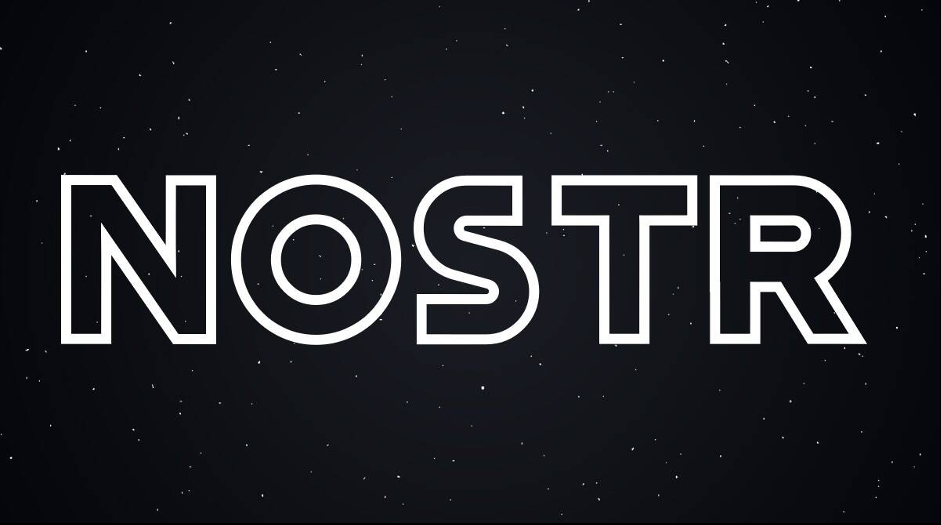How Long Will the Damus Boom Last?
Disclaimer: The text below is a press release that is not part of Cryptonews.com editorial content.
Recently, Damus, an app based on the decentralized social media protocol Nostr, was listed on the App Store. Meanwhile, former Twitter co-founder Jack Dorsey tweeted to promote the app and disclosed his Nostr public key. Overnight, Damus became one of the top 10 apps in the App Store’s social category by downloads, and many investors, including celebrities with global influence, shared their Nostr public keys on social media.
Despite its boom on social media, some investors might not be familiar with Nostr, so let’s begin with a simple introduction to Nostr. As its name suggests, Notes and Other Stuff Transmitted by Relays, or Nostr, is not a blockchain but a very simple protocol that helps users transmit content via relays. What should be emphasized is that with the protocol, users get to encrypt the content to be transmitted using asymmetric cryptography, and only those with the corresponding public and private keys will have access to that information.
Generally speaking, Nostr consists of relays and various products extending upwards. Here, the primary function of relays is to transmit and store messages, and they can be run by all users. In the case of Damus, when a user sends a post, the content will be transmitted to multiple relays, and the followers will get the published content from those relays. To use a perhaps inapt but intuitive metaphor, within the context of Nostr, relays are like the cloud servers in the Internet industry.

With Nostr, users no longer have to worry about getting suspended or sending prohibited words, which happens on centralized SNS platforms. Moreover, Nostr also helps us avoid data losses due to server shutdowns. Further, as the entire protocol is based on keys, the published content is tamper-resistant. Plus, users don’t need that many relays, and Nostr stores content in a distributed manner, which significantly reduces the data storage cost of creating apps on the protocol.
Let’s get back to Damus. To start with, like MetaMask, the project also offers a smooth, satisfying registration process: you can get registered by simply remembering your public and private keys. Damus also features a clear UI, but there are not many functions as it remains in its infancy. Right now, Damus users can use public keys to search other users, send direct messages, check content, post comments, and like, repost, share, and tip content posted. In particular, the app only allows users to use Bitcoin for tipping through 13 Lightning Networks, including Strike, Cash App, Muun, Blue Wallet, and Wallet of Satoshi.
By now, some of you might have noticed that Damus is heading in the same direction as Twitter after the SNS platform was acquired by Elon Musk. Moreover, Jack Dorsey also donated 14 bitcoins to the Nostr protocol, but I think it might be more apt to compare Damus with WeChat, instead of Twitter.
Looking back at the history of crypto, similar apps like Lens and Farcaster were introduced long before Damus. To be more specific, Lens focuses more on crypto users. The project is now not available for registration, and we can only use the app by purchasing some NFT characters. Farcaster, which is familiar to most users, is now the No.1 crypto SNS app, and only those with an invitation code from the founders can access the app. Now, we also have Damus, which seems to be targeting the general public, but conventional investors might still get a headache over crypto terms with public and private keys when getting registered with the app.

As the market perks up, I’m looking forward to a signature crypto event like the DeFi Summer. Right now, most market players are confident that Ethereum will be a crypto highlight in 2023, and SocialFi, which has remained static for a long time, might just be the hidden crypto boom that we are expecting. As for how long the Damus boom will last, my bold prediction is that it will soon cool off if the app fails to deliver substantial profits, but it is indeed a good start for the whole crypto market.
After Powell’s speech in early February, Bitcoin and Ethereum have surged, and altcoins have scored even more drastic growth records. That said, in my view, only enabling economic conditions and favorable monetary policies will bring a sustainable bull market. In a market where everyone is getting excited about growth and profits, asset security is often ignored.
As such, in the past few years, I’ve become a CoinEx fan. Protected by multiple security strategies, the exchange practices a 100% reserve ratio and has never suffered any security breach. In addition, CoinEx conducts rigorous reviews on all tokens listed on the exchange to eliminate risks arising from bad assets. Apart from the convenient user experience, the exchange provides 600+ cryptos and 1,000+ trading pairs, which meet all my needs for crypto trading.
It is noteworthy that CoinEx, which is part of ViaBTC Group, has provided first-rate crypto services for over 4 million users across more than 200 countries and regions. The CoinEx team strives to break free from the shackles of traditional finance and make crypto trading easier as a major gateway for global users to the crypto world.
Disclaimer: No investment advice is provided in this article, and all data mentioned herein are for reference only. You should not rely on the information provided herein to make any investment decision, and you will be fully liable for your own investment decisions.
Disclaimer: The text above is an advertorial article that is not part of Cryptonews.com editorial content.


